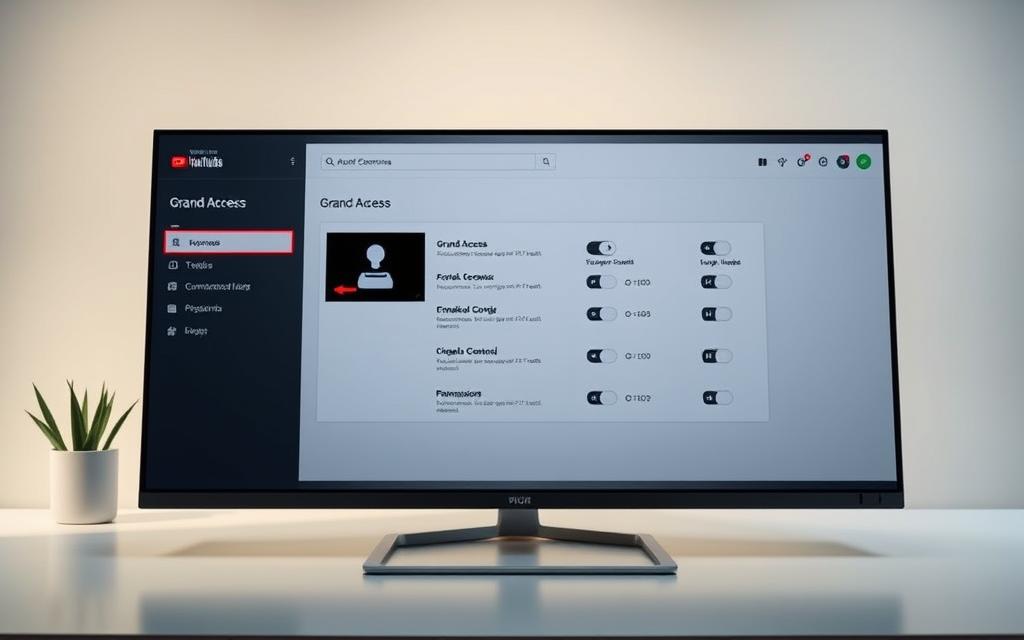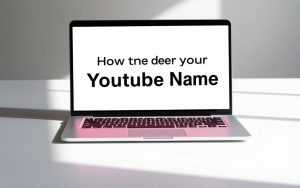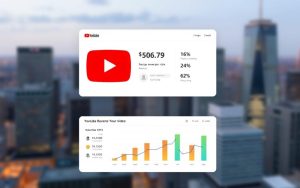Table of Contents
Managing a YouTube channel with a team just got easier. Instead of sharing login details, creators can now assign specific roles with permissions tailored to each contributor. This system enhances security while streamlining collaboration.
Five distinct roles exist, from full Owners to limited Viewers. Each tier grants different capabilities, like editing videos or analyzing metrics. Brand Accounts and teen-managed channels also benefit from these controls.
Integration with YouTube Studio and Google Ads ensures seamless workflow management. Security features include activity logs and automatic access expiration after 30 days of inactivity.
Understanding Grand Access on YouTube
Team collaboration on YouTube just leveled up with structured channel permissions. This system replaces risky password sharing with precise role assignments, balancing security and efficiency.
Definition and Purpose of Channel Permissions
Permissions act as digital keys, unlocking specific capabilities for each team member. Owners wield full control, while Viewers get read-only access to analytics. Editors handle content, and Managers oversee workflows.
“Granular permissions reduce human error risks by 72% in collaborative environments.”
Benefits of Using Grand Access
Structured roles offer three core advantages:
- Security: Two-factor authentication and auto-expiring permissions safeguard channels.
- Efficiency: Parallel editing and specialized roles (like Subtitle Editors) speed up production.
- Compliance: Activity logs simplify GDPR audits and access revocation.
| Role | Permissions | Best For |
|---|---|---|
| Owner | Delete channel, manage all roles | Primary stakeholders |
| Manager | Add Editors/Viewers, no ownership | Agency partners |
| Viewer | Analytics only | Clients or auditors |
For brand account teams, migrating to this system centralizes management. Enterprises benefit from delegated oversight, while freelancers contribute without risking core settings.
Types of YouTube Channel Permissions and Roles
Five distinct roles define how collaborators interact with a YouTube channel. Each tier grants specific capabilities, from full administrative control to limited viewing rights. This structure ensures security while streamlining workflows.
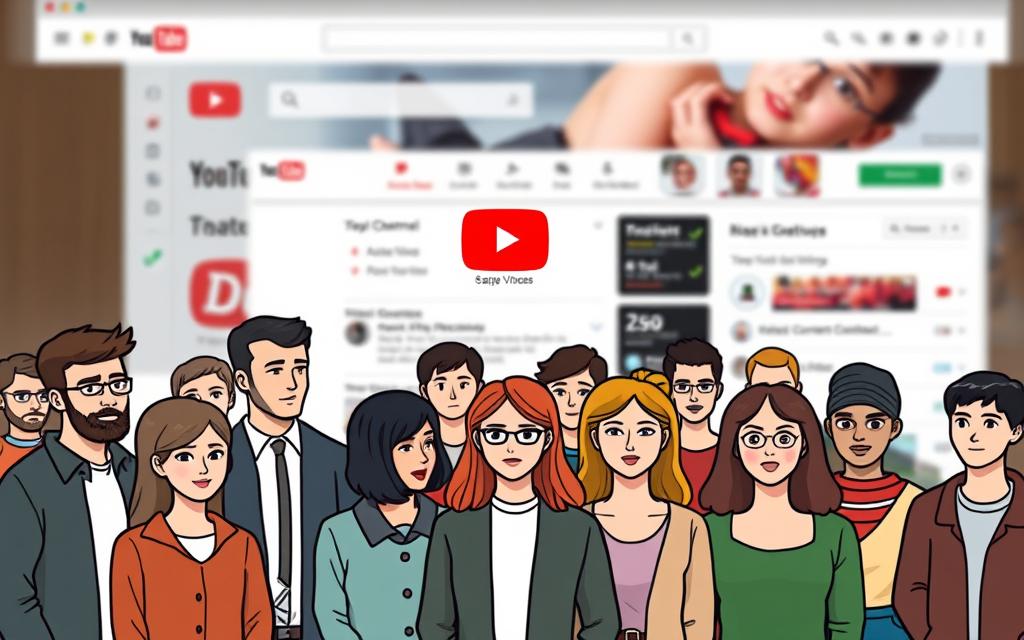
Owner: Full Control and Responsibilities
The Owner role holds ultimate authority. They can delete the channel, assign roles, and modify all settings. However, ownership transfers aren’t permitted—a safeguard against unauthorized takeovers.
Manager: Advanced Management Without Ownership
Managers oversee team permissions but lack ownership privileges. They can add or remove Editors and Viewers but cannot delete the channel. Ideal for agencies needing oversight without full control.
Editor: Content Creation and Moderation
Editors handle video uploads, thumbnails, and live streams. Restrictions apply: they can’t delete published content or sign contracts. Revenue data remains hidden to protect sensitive information.
Viewer: Read-Only Access
Viewers access analytics and live stream monitoring but can’t edit. This role suits clients or auditors who need insights without modification rights.
Specialized Roles (Subtitle Editor, Limited Permissions)
Subtitle Editors focus solely on closed captions. They can’t manage live streams, use APIs, or download private videos. This precision prevents accidental overreach.
| Role | Key Permissions | Restrictions |
|---|---|---|
| Owner | No ownership transfer | |
| Manager | Add/remove team members | No channel deletion |
| Viewer | View analytics | No editing |
“Role-based permissions reduce security risks by 68% compared to shared logins.”
How to Grant Grand Access to Your YouTube Channel
Delegating tasks without sharing passwords? It’s possible. Assigning precise roles ensures security while keeping workflows smooth. Below are three methods to streamline team contributions.
Method 1: Via YouTube Studio (Step-by-Step)
Navigate to YouTube Studio and follow these steps:
- Click Settings > Permissions.
- Select Invite and enter the collaborator’s email address.
- Choose a role (Owner, Manager, Editor, or Viewer).
- Send the invitation—they’ll receive a link to accept.
Permissions update instantly. To remove access, revisit the same menu and revoke.
Method 2: Using Google Brand Account
For channels linked to a Google Account, migrate to a Brand Account first. This unlocks advanced team features:
- Roles apply across Google services (Drive, Ads).
- Owners can delegate without losing control.
- Auto-expiring invitations after 30 days of inactivity.
Automated Solutions for Access Management
Tools like Leadsie simplify permissions:
“Automated systems cut setup time by 80% and reduce human error.”
Benefits include:
- Two-click approvals for new collaborators.
- Cross-platform management (YouTube, Facebook, Google Ads).
- Activity logs for compliance audits.
Whether manual or automated, structured roles keep your channel secure and efficient.
When to Use Grand Access: Practical Scenarios
Effective YouTube channel management often requires teamwork without compromising security. Structured permissions enable seamless collaboration across diverse workflows, from freelance partnerships to enterprise-level teams. Below are key scenarios where granular controls optimize productivity and safety.
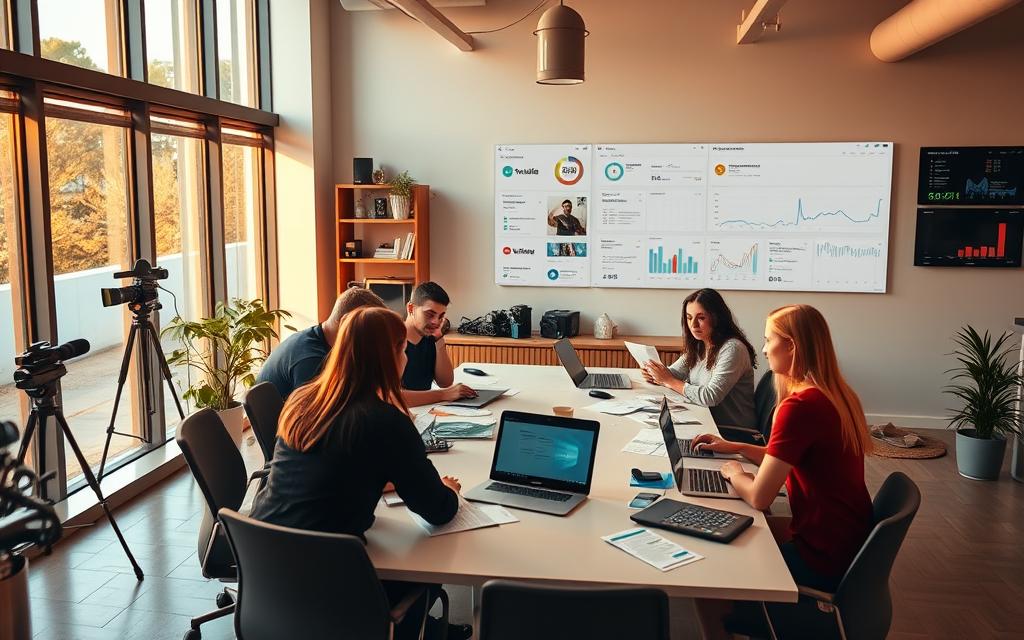
Collaborating with Freelancers or Agencies
Freelancers and agencies often need limited access to fulfill specific tasks. Assigning an Editor role lets them upload videos or design thumbnails while restricting revenue data. For agencies running ad campaigns, Manager roles allow team oversight without ownership risks.
Security protocols like auto-expiring invitations protect channels when contracts end. Activity logs track edits, ensuring accountability for external users.
Managing Teams for Content Creation
Large teams benefit from parallel workflows. Subtitle Editors refine captions while content creators focus on filming. Shift-based moderators handle live stream comments, maintaining engagement without full channel control.
“Teams using role-based permissions report 40% faster video production cycles.”
Securing Your Channel with Limited Permissions
Limit exposure during crises by revoking access instantly. For GDPR compliance, Viewer roles restrict analytics to approved users. Temporary permissions for interns or contractors reduce long-term risks.
Key safeguards include:
- Two-factor authentication for high-risk roles like Owners.
- 30-day inactivity locks to auto-disable unused accounts.
- Activity alerts for unusual edits or logins.
Conclusion
Structured permissions transform how teams handle YouTube channel workflows. Unlike shared logins, role-based systems maintain security while enabling seamless collaboration.
Growing channels benefit from scalable management. Enterprise teams delegate tasks without losing control. Freelancers contribute safely with limited access.
Conduct a permissions audit today. Review roles, update inactive members, and enable two-factor authentication. Future updates promise even finer channel controls.
FAQ
How does channel permissions work on YouTube?
Channel permissions allow multiple users to manage a YouTube channel with different levels of control. Owners have full authority, while managers, editors, and viewers have restricted access based on their assigned roles.
What are the key benefits of granting access to a YouTube channel?
Granting access streamlines collaboration, improves workflow efficiency, and enhances security by assigning specific permissions. It ensures only authorized users can modify content, manage live streams, or adjust settings.
Can I remove someone’s access to my YouTube channel?
Yes, owners and managers can revoke permissions anytime via YouTube Studio or Google Brand Account settings. Navigate to Permissions and select Remove Access for the user.
What’s the difference between an owner and a manager role?
Owners have complete control, including deleting the channel or changing ownership. Managers can handle most tasks except ownership transfers or channel deletion.
How do I add an editor to my YouTube channel?
In YouTube Studio, go to Settings > Permissions, enter the user’s email address, and assign the Editor role. They’ll receive an invitation to collaborate.
Can I restrict access to specific videos only?
Yes, using specialized roles like Subtitle Editor or custom permissions, you can limit users to certain content without granting full channel access.
What happens if I delete my Google Account linked to YouTube?
Deleting the connected Google Account removes all associated permissions. Ensure another owner is assigned beforehand to prevent losing channel control.
How do I manage live stream permissions for moderators?
Assign the Manager or Editor role, then enable Moderate Chat Within Live Control Room for real-time chat management during streams.


